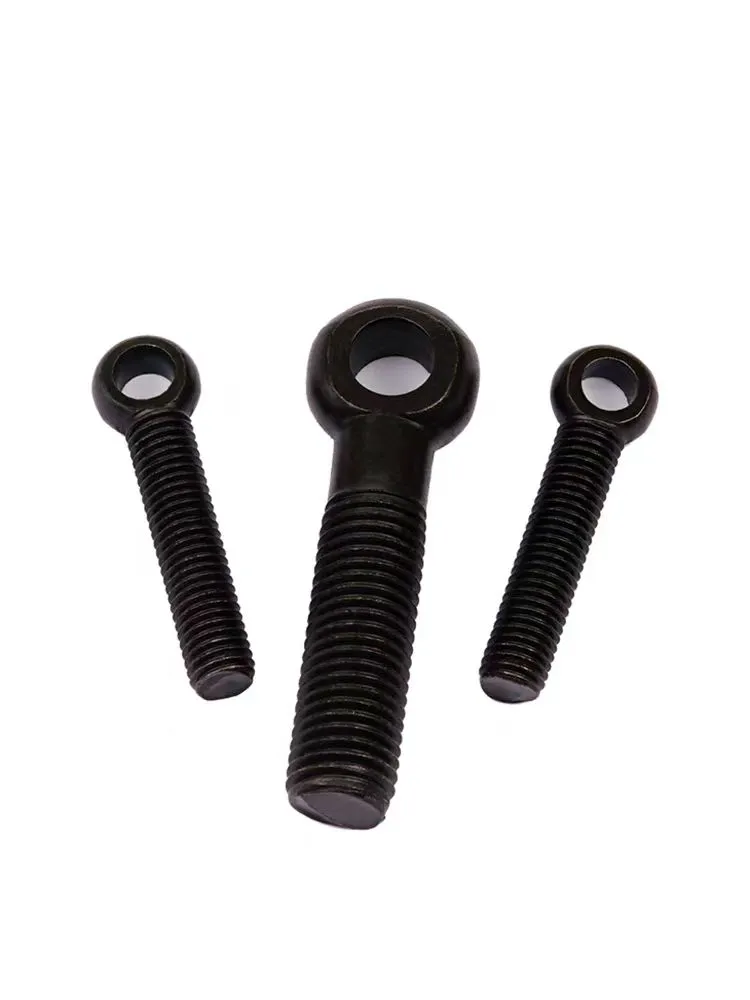

Specifications and Applications of M16 Stud Bolts in Various Industries
Nov . 25, 2024 02:09 Back to list
Specifications and Applications of M16 Stud Bolts in Various Industries
Understanding Stud Bolts Focus on M16 Dimensions and Applications
In the world of fastening technologies, stud bolts play a crucial role across various industries, providing reliable connections for a multitude of applications. Among the variety of sizes and configurations, the M16 stud bolt stands out due to its versatility and robustness, making it an essential component in engineering and manufacturing sectors.
What is a Stud Bolt?
A stud bolt is a cylindrical fastener that is threaded on both ends but has no head. It typically consists of two nuts and sometimes additional components, such as washers, to enhance its fastening capability. This design allows the stud bolt to be inserted into a tapped hole, providing a strong connection between two or more components. Stud bolts are widely used in applications that require significant tension, such as in machinery, structural assemblies, and piping systems.
M16 Specification
The M16 designation indicates a metric size of 16 millimeters in diameter. In terms of thread pitch, a standard M16 bolt will typically feature a thread pitch of 2.0 mm, although finer pitches like 1.5 mm are also available depending on the requirements of the application. The length of the stud can vary based on the specific needs, with standard lengths ranging from 100 mm to well over 300 mm, providing flexibility for various assembly conditions.
Materials and Coatings
Stud bolts, including those designated as M16, are often manufactured from a variety of materials. Common materials include carbon steel, stainless steel, and alloy steel, each offering unique properties such as corrosion resistance, strength, and durability. For enhanced performance, these bolts may also be coated with protective layers, such as zinc plating or hot-dip galvanizing, to reduce the risk of rust and wear, especially in outdoor or harsh environments.
stud bolt m16

Applications of M16 Stud Bolts
The applications of M16 stud bolts are vast and diverse. In the automotive industry, they are used to secure critical engine components, ensuring that parts remain firmly in place under extreme conditions. In construction, M16 stud bolts are commonly employed to connect structural steel members, contributing to the overall integrity and stability of buildings and bridges.
Moreover, the oil and gas sector frequently utilizes M16 stud bolts for flanged connections in piping systems. These connections must endure high pressures and temperatures, necessitating the use of high-strength fasteners capable of withstanding the rigors of the environment.
Installation and Maintenance
Proper installation of M16 stud bolts is vital to ensure high performance and longevity. During installation, it is recommended to use a torque wrench to apply the appropriate torque settings, as over-tightening can lead to thread stripping or bolt failure, while under-tightening can result in loose connections and potential leaks.
Regular maintenance checks are also essential. Inspecting for signs of wear, corrosion, or fatigue can prevent unexpected failures. Replacing worn or damaged bolts promptly ensures ongoing reliability and safety in applications where failure is not an option.
Conclusion
In summary, M16 stud bolts serve as indispensable elements in various industries, providing the strength and reliability needed for safe operations. Understanding their specifications, materials, and applications can help engineers and manufacturers make informed decisions when selecting fasteners for their projects. As technology continues to evolve, the importance of high-quality fastening solutions like the M16 stud bolt will remain a cornerstone in engineering excellence.
Latest news
-
Hot Dip Galvanized Bolts-About LongZe|High Strength, Corrosion Resistance
NewsJul.30,2025
-
High-Strength Hot Dip Galvanized Bolts - Hebei Longze | Corrosion Resistance, Customization
NewsJul.30,2025
-
Hot Dip Galvanized Bolts-Hebei Longze|Corrosion Resistance&High Strength
NewsJul.30,2025
-
High-Strength Hot-Dip Galvanized Bolts-Hebei Longze|Corrosion Resistance&High Strength
NewsJul.30,2025
-
Hot Dip Galvanized Bolts-Hebei Longze|Corrosion Resistance&High Strength
NewsJul.30,2025
-
Hot Dip Galvanized Bolts - Hebei Longze | Corrosion Resistance, High Strength
NewsJul.30,2025

